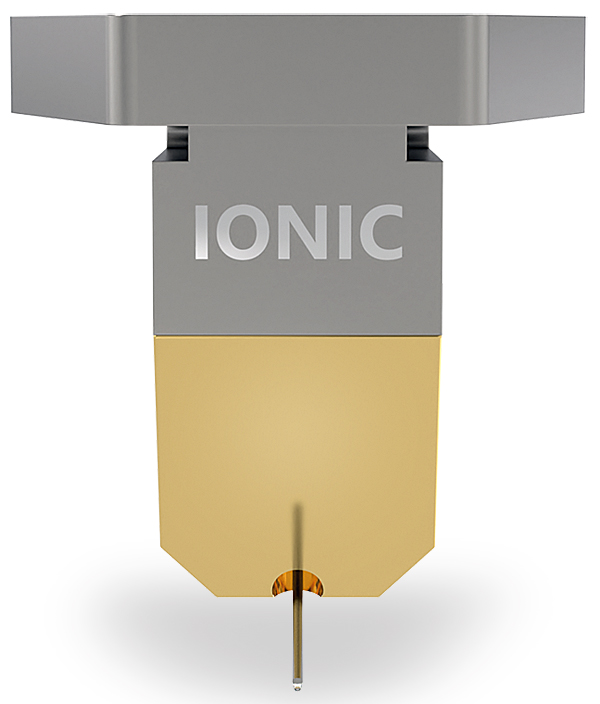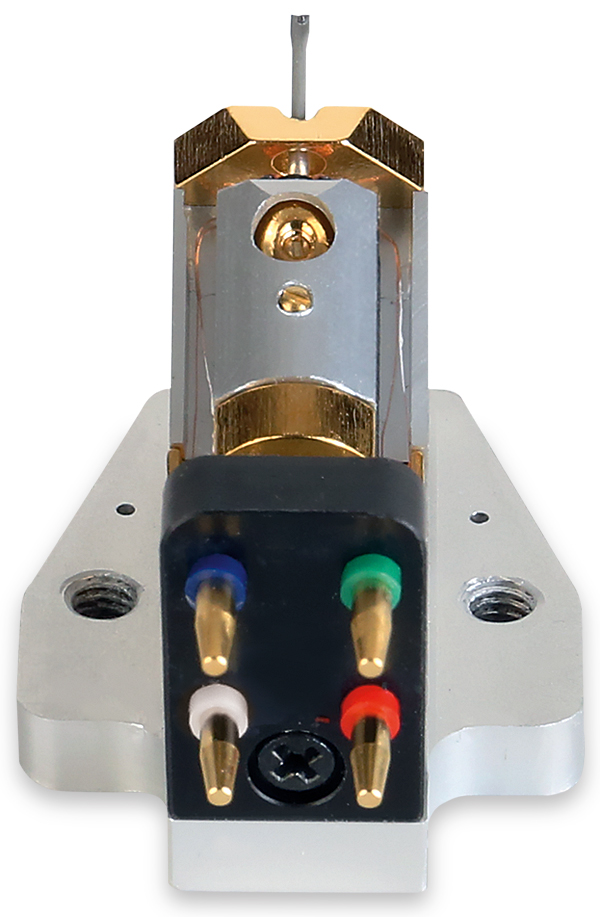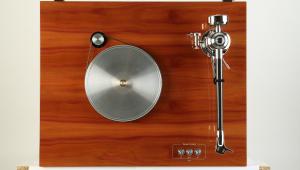AVID Ionic Cartridge Page 2
While Palmer was known primarily as a peerless practitioner of 'blue-eyed soul' with an ear for music from the American South, he had his heavier moments and this particular smash hit, in the wake of his time with The Power Station, demonstrated unbridled sonic mass. But somehow it was loud and weighty without sounding raucous or noisy. It's hard to explain that apparent enigma if you don't know the song, but it's so controlled that you forget it has percussion and bass which wouldn't embarrass Motörhead.
My initial burst of the Ionic was this song's elephantine drum intro, and this opening salvo exuded scale and power of a room-filling degree. What made me sit up and take notice, however, was the refinement. I had just played the track with a notoriously rowdy cartridge that emphasised its slam and force at the expense of subtleties, whereas the Ionic exposed amidst the barrage the tiny details which otherwise would have been obscured. Best of all, it captured every nuance of Palmer's voice, one treasured for his way with vocal textures.

In terms of soundstage, this cartridge – as suggested – couldn't quite match the width of the Boron but it shared the depth of both it and the Ruby. It also sounded comfortably extended beyond the edges of the speakers through which I played it, including ribbon dipoles and LS3/5As, if not quite making the side walls seem to disappear. So the manufacturer has ensured that all three pick-ups provide convincing, three-dimensional spatial re-creation, while varying in degrees that I found less unequivocal than Conrad Mas might feel.
Going Live
While the Ionic's performance was narrower, it was still satisfyingly broad enough to handle a live album. But not just any: I wasn't interested in a 120dB-at-100m rock gig, but something refined and airy.
I had recently been bowled over by Nathan Davis' Live In Paris 1966-67 [Sam Records SR20/2-1], which finds Davis backed by the George Arvanitas Trio in a radio studio, a museum and a theatre. Where the album proved invaluable was in the sheer presence of both Davis' saxophone and Arvanitas' piano, both enjoying levels of realism within spitting distance of sonic touchstones like Davis' namesake's Kind Of Blue.
But it was the spatial element which made the Ionic a stand-out, for it wasn't the scale as much as the authenticity which mattered. In other words, did I feel like I was experiencing each space? And real spaces, not artificial multi-track studio positioning. While I have no idea what the actual dimensions or shapes of the venues might be, or what the wall coverings might have been, or even the positioning of the musicians, the reproduction of each area was believable enough to allow an attentive, focused listener to revel in the differences.

Self-indulgence and guilty pleasures have been my life's work, exemplified by The Dave Clark Five's sublimely remastered, albeit mainly mono, Glad All Over [BMG BMGCAT558LP]. Having determined that a) the Ionic was no slouch for soundstage and three-dimensionality, which b) meant retrieval of subtle aural clues, and c) it dealt with Palmer's voice so clearly and authoritatively, I wanted to confirm its status as one for the rockers, not just the jazzers. (And if it likes acoustic jazz and bombastic rock, it will handle classical.)
Avid Listening
If ever there was a track that begs to be played loud, it's 'Glad All Over'. Percussion is to the fore to feed Clark's ego, but the rest of the band delivered the goods here, especially the saxophone. I was playing this at offensively loud levels while hearing each instrument unhindered.
To resolve the internecine standings, yes, the Ruby is warmer without going full-blown romantic, and the Boron more relaxed. As for the Ionic – it's the most forgiving, and thus for many enthusiasts, possibly the smartest choice.
Hi-Fi News Verdict
If you're expecting AVID's Ionic to sound like a 'baby Boron' or 'Ruby mini-me', you're in for a surprise. The Ionic exhibits lots of snap and punch, but – like its siblings – always behaves gracefully. It never steps over the line, delivers a serious bang for the buck, handles inner-groove torture material and even looks cool in a suitably high-end manner. In the right arm, this is a rock or funk fan's dream cartridge.


























































